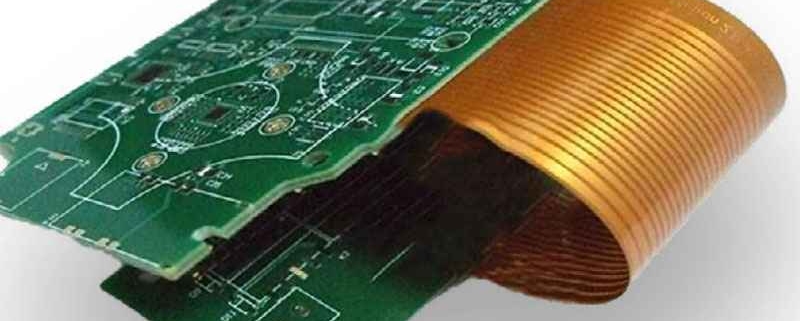Платы Rigid-Flex Design
Технология гибких печатных плат изначально была разработана для космической программы с целью экономии места и веса. Они популярны сегодня, так как не только экономят место и вес, что делает их идеальными для портативных устройств, таких как мобильные телефоны и планшеты, но также могут: уменьшить сложность упаковки за счет существенного сокращения потребности в соединительной проводке; повысить надежность продукта за счет уменьшения количества соединительного оборудования и повышения производительности сборки; и снизить стоимость, если рассматривать ее как часть общих затрат на производство и сборку продукта.
Самая большая проблема с дизайномГибко-жесткие гибридные печатные платыгарантирует, что все будет складываться правильно, сохраняя при этом хорошую стабильность гибкой схемы и срок службы. Следующая большая проблема, которую необходимо решить, — это передача проекта изготовителю, который четко понимает замысел проекта и, следовательно, производит именно то, что задумал дизайнер/инженер.
Печатные платы Rigid-Flex требуют дополнительных этапов резки и ламинирования, а также более экзотических материалов при производстве, и поэтому стоимость повторных вращений и отказов намного выше, чем у традиционных жестких плат. Чтобы снизить риск и затраты, связанные с жестко-гибким проектированием и прототипированием, желательно смоделировать гибкие части схемы в 3D CAD, чтобы обеспечить правильную форму и посадку. Кроме того, необходимо предоставить абсолютно четкую документацию по изготовлению в производственные и сборочные цеха.
Команда инженеров C-Alley предлагает услуги по проектированию гибких и жестко-гибких печатных плат. В процессе рассмотрения заявки и ценового предложения мы тщательно изучили спецификации, материалы и конструкцию, чтобы свести к минимуму и устранить любые технические проблемы.
Мы также ищем возможности для улучшения конструкции гибкой или жестко-гибкой схемы, надежности и функциональности. Снижение затрат также определяется для получения точной сметы, основанной на технологичной, надежной и экономичной конструкции.



